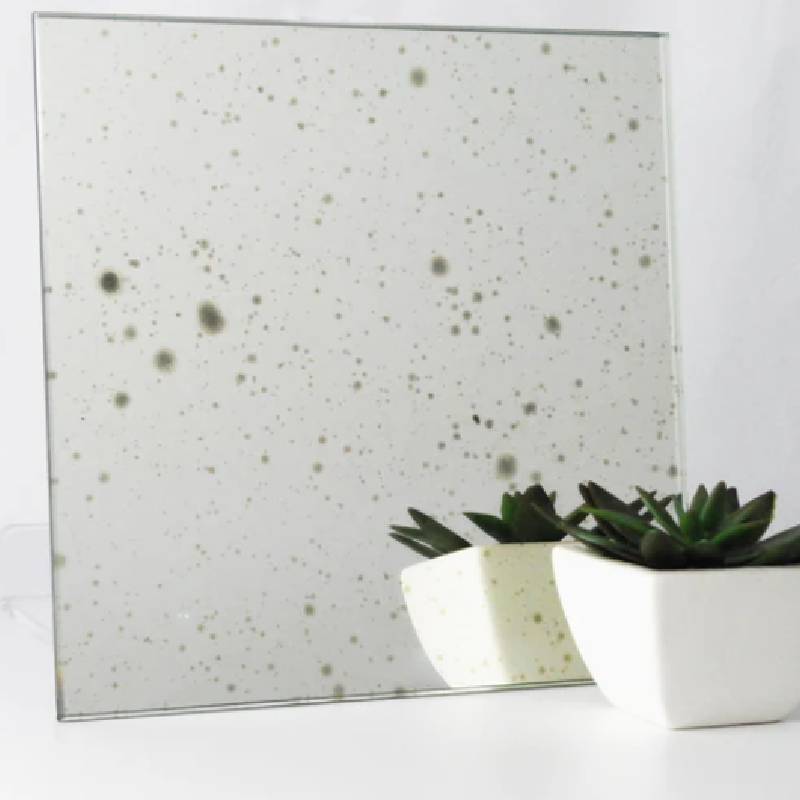The Manufacturing of Tempered Glass
Tempered glass, also known as toughened glass, is a type of safety glass that undergoes a specific heat treatment process to enhance its strength and thermal resistance. The manufacturing of tempered glass involves several crucial steps, from selecting raw materials to the final product. Understanding this process is vital for recognizing the benefits and applications of tempered glass in various industries.
The first step in the manufacturing of tempered glass is selecting high-quality raw materials. Typically, soda-lime glass is used as the base material due to its excellent transparency, workability, and cost-effectiveness. The glass is usually assembled in sheets of varying thickness, depending on the required strength and application. During this stage, rigorous quality control measures are implemented to ensure that no impurities or imperfections exist in the raw glass. Any present flaws can lead to weaknesses in the final product.
Once the raw glass is prepared, it undergoes the cutting process to achieve the desired dimensions for the final tempered glass product. Precise cutting tools are employed to minimize jagged edges and ensure accurate measurements. After cutting, the edges of the glass are polished to eliminate sharpness, which can be dangerous during handling and installation.
manufacturing of tempered glass
The next phase is cleaning the glass to remove any dust, oil, or residue that may affect the tempering process. This is often done using a combination of water, detergents, and mechanical cleaning equipment. Post-cleaning, the glass sheets are inspected under strong lighting conditions to ensure they meet quality standards before moving to the tempering furnace.
Tempering involves heating the glass to a temperature of approximately 620-680 degrees Celsius (about 1148-1256 degrees Fahrenheit), followed by rapid cooling. This heat treatment process alters the internal structure of the glass, creating compressive stresses on the surface and tensile stresses in the interior. As a result, tempered glass is significantly stronger than standard glass. It can withstand impact, thermal shock, and various environmental factors more effectively.
After the tempering process, the glass is once again inspected to ensure that it meets the required specifications. This inspection often includes checking for visual defects, strength testing, and thermal resistance assessments. Once the tempered glass passes all quality checks, it is prepared for shipping.
Tempered glass has a wide range of applications, including commercial and residential buildings, automotive windows, shower doors, and glass doors. Its safety features make it a preferred choice for various uses, providing added protection against accidents and injuries. Overall, the manufacturing of tempered glass is a sophisticated process that combines modern technology with rigorous quality control to produce a durable and safe product.
 Afrikaans
Afrikaans  Albanian
Albanian  Amharic
Amharic  Arabic
Arabic  Armenian
Armenian  Azerbaijani
Azerbaijani  Basque
Basque  Belarusian
Belarusian  Bengali
Bengali  Bosnian
Bosnian  Bulgarian
Bulgarian  Catalan
Catalan  Cebuano
Cebuano  Corsican
Corsican  Croatian
Croatian  Czech
Czech  Danish
Danish  Dutch
Dutch  English
English  Esperanto
Esperanto  Estonian
Estonian  Finnish
Finnish  French
French  Frisian
Frisian  Galician
Galician  Georgian
Georgian  German
German  Greek
Greek  Gujarati
Gujarati  Haitian Creole
Haitian Creole  hausa
hausa  hawaiian
hawaiian  Hebrew
Hebrew  Hindi
Hindi  Miao
Miao  Hungarian
Hungarian  Icelandic
Icelandic  igbo
igbo  Indonesian
Indonesian  irish
irish  Italian
Italian  Japanese
Japanese  Javanese
Javanese  Kannada
Kannada  kazakh
kazakh  Khmer
Khmer  Rwandese
Rwandese  Korean
Korean  Kurdish
Kurdish  Kyrgyz
Kyrgyz  Lao
Lao  Latin
Latin  Latvian
Latvian  Lithuanian
Lithuanian  Luxembourgish
Luxembourgish  Macedonian
Macedonian  Malgashi
Malgashi  Malay
Malay  Malayalam
Malayalam  Maltese
Maltese  Maori
Maori  Marathi
Marathi  Mongolian
Mongolian  Myanmar
Myanmar  Nepali
Nepali  Norwegian
Norwegian  Norwegian
Norwegian  Occitan
Occitan  Pashto
Pashto  Persian
Persian  Polish
Polish  Portuguese
Portuguese  Punjabi
Punjabi  Romanian
Romanian  Russian
Russian  Samoan
Samoan  Scottish Gaelic
Scottish Gaelic  Serbian
Serbian  Sesotho
Sesotho  Shona
Shona  Sindhi
Sindhi  Sinhala
Sinhala  Slovak
Slovak  Slovenian
Slovenian  Somali
Somali  Spanish
Spanish  Sundanese
Sundanese  Swahili
Swahili  Swedish
Swedish  Tagalog
Tagalog  Tajik
Tajik  Tamil
Tamil  Tatar
Tatar  Telugu
Telugu  Thai
Thai  Turkish
Turkish  Turkmen
Turkmen  Ukrainian
Ukrainian  Urdu
Urdu  Uighur
Uighur  Uzbek
Uzbek  Vietnamese
Vietnamese  Welsh
Welsh  Bantu
Bantu  Yiddish
Yiddish  Yoruba
Yoruba  Zulu
Zulu 

